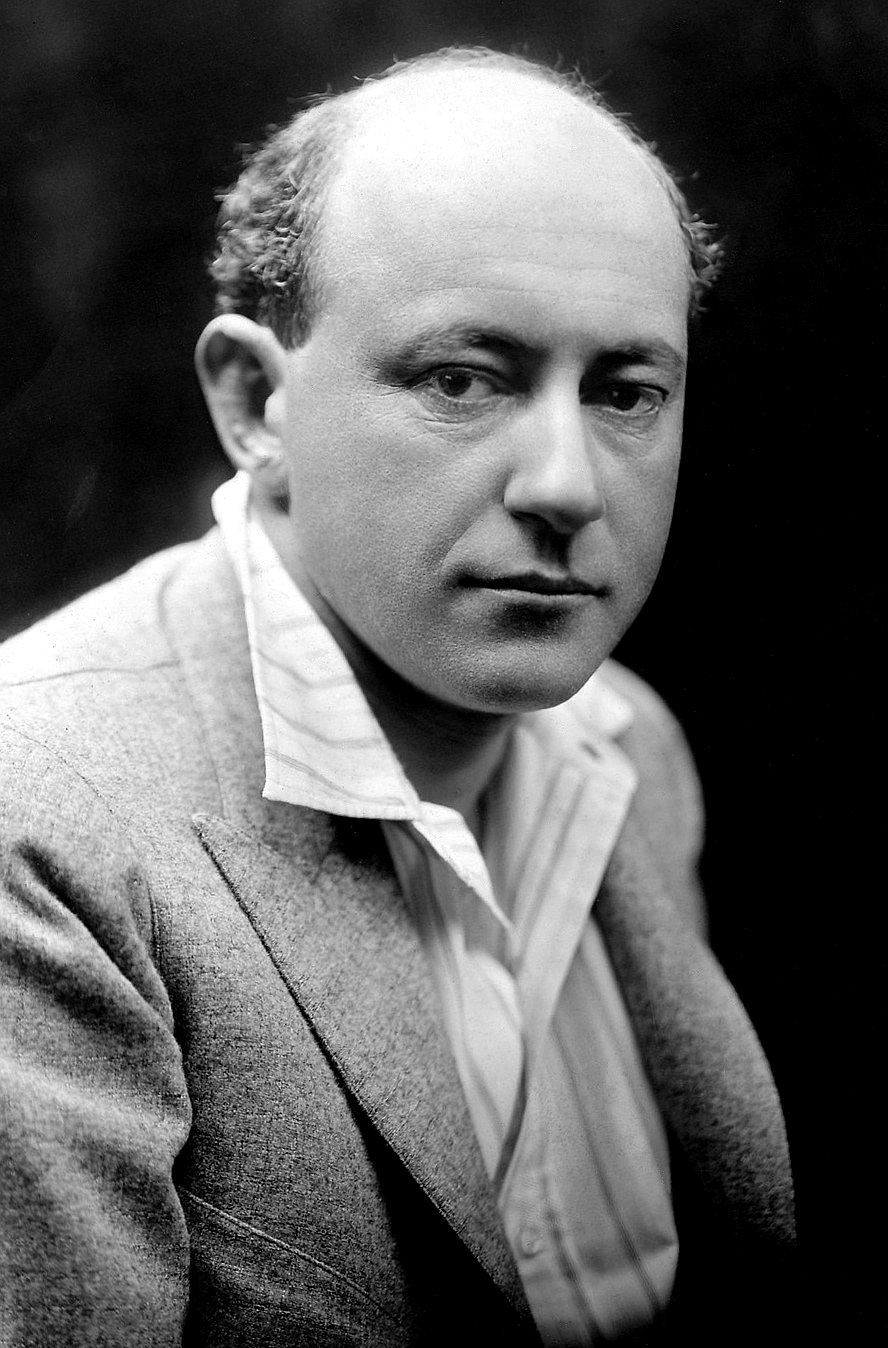Cecil B. DeMille, the renowned Hollywood director, makes a cameo in Sunset Boulevard (1950) where he plays himself as he navigates a misunderstanding that leads Norma Desmond to believe he is directing the movie she wrote. The film revolves around Joe Gillis as he treats the treacherous road that is being an aspiring Hollywood star, or in his case a screenwriter, when he chances upon Norma Desmond, an aging silent film star who wants to make a spectacular comeback to the mainstream eye by starring in a film she wrote. Norma decides to send the manuscript to Mr. DeMille, who, like his real-life counterpart, is directing a film at Paramount Studios. Mr. DeMille’s role in this film is of course a vital point in the story as audiences can clearly pin point the exchange between her and Mr. DeMille as he descends into madness, but his role as a minor character in this film is what Mathijs describes as referential acting in which a performance is catered to reference, allude, and pay homage to a thing that audiences would be able to recognize and appreciate (91). In this case, Mr. DeMille himself becomes both the performance and the thing it is paying homage to. Much like fans look out for Stan Lee in Marvel films, Mr. DeMille becomes a nudge at cinephiles at the time, and the film offers a moment of self-reflection and pokes fun at the act of acting itself by tethering itself to reality (94). Outside of his cameo, Cecil B. DeMille’s character serves to introduce to the film what Williams describes in “Entering the Paradise of Anomalies: Studying Female Character Acting in British Cinema” as a “world of pain and sorrow … beneath the polite surface of society,” as he serves as a catalyst to Norma Desmond’s complete descent into madness (102).
Mathijs, Ernest. “Referential acting and the ensemble cast.” Screen, vol. 52, no. 1, 2011, pp. 89–96, https://doi.org/10.1093/screen/hjq063
Wilder, Billy, director. Sunset Boulevard. Paramount Pictures, 1950.
Williams, Melanie. “Entering the paradise of anomalies: studying female character acting in British cinema.” Screen, vol. 52, no. 1, 2011, pp. 97–104, https://doi.org/10.1093/screen/hjq064

Provide Feedback